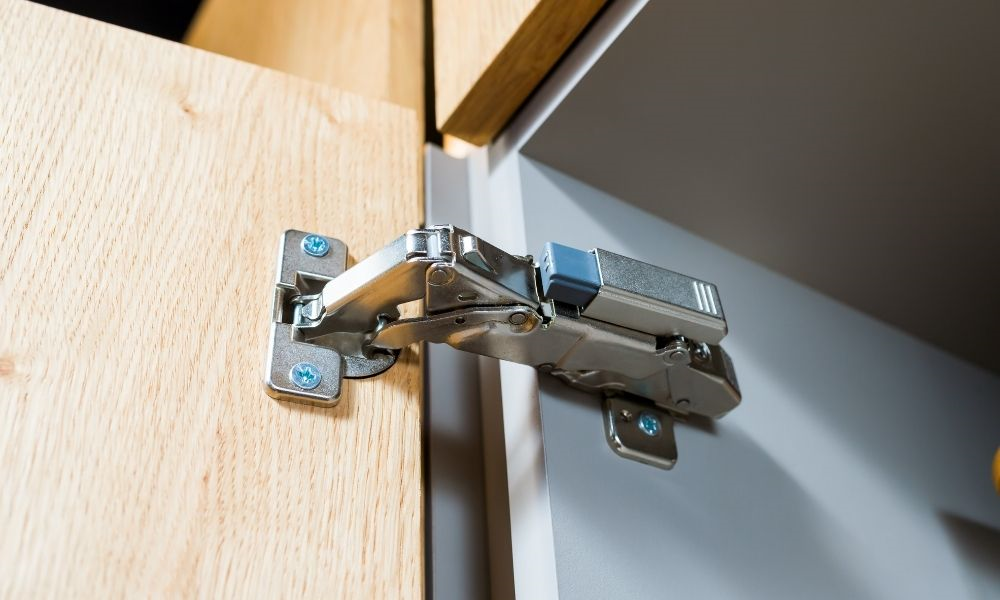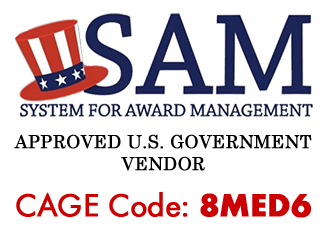It is frustrating to have a cabinet door that does not close smoothly or hang properly. Understanding why hinges bind is the first step in repairing them.
We have all experienced the cabinet door in our home that will not shut properly or constantly springs back open. In most cases, a hinge has become bound and is causing the problem. Understanding what causes door hinges to bind makes it easier to figure out the issue and get it fixed.
What Is a Bound Hinge?
The phrase “bound hinge” simply means the door is being difficult in the way it is not easy to close or it springs back open. There are a few reasons why the hinge might be bound.
Screws Are Askew
It is possible that when the hinges were attached, the head of the screws were too big. If this is the case, they will not lay flush and therefore cause binding and create a door that is difficult to close or easily bounces back open.
The solution here is an easy one — simply replace the screws with a smaller head screw for a flush finish.
Hinges Are Not Placed Correctly
When hinges are not placed correctly in the first place, binding is bound to happen and lead to doors that don’t operate smoothly.
The flaps of a hinge should be flush with the surface of the wood. Sometimes the recesses where the hinges are placed have been cut in too deeply. This results in a lack of flushness between the hinge and the surface of the door or doorframe.
Replace Hardware
As hinge repairs are made, be sure you are working with hinges that are worth reinstalling. They are often damaged and bent out of shape after a cabinet door has not been functioning properly. At that point, it is better to purchase new cabinet hinges for sale to give the door a fresh start.
Avoiding what causes door hinges to bind in the first place is your best bet for a smooth operating door. Thankfully, if it does happen, the repairs are simple.













 Do Not Sell My Personal Information
Do Not Sell My Personal Information